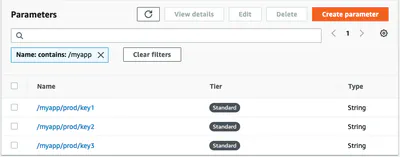Below you will find pages that utilize the taxonomy term “X-Ray”
Posts
2021-04-24
Lambda Cold Start for ASP.NET (Part 3)
In this final post I’ll list a few additional optimizations for reducing the first invocation times. See part one and two for more details.
Burst CPU According to this video Lambda functions get …
Posts
2021-02-06
Lambda Cold Start for ASP.NET (Part 2)
In part one, I looked at what happens the first time an ASP.NET application is invoked in Lambda. When we left off, we had a roughly 3 second initial response time. In this post I’ll focus on …
Posts
2021-02-05
Lambda Cold Start for ASP.NET (Part 1)
The ability to host an ASP.NET project in AWS Lambda is a great way to get started with serverless. However, cold starts can result in a slow first invocation of the ASP.NET function. In this post …


